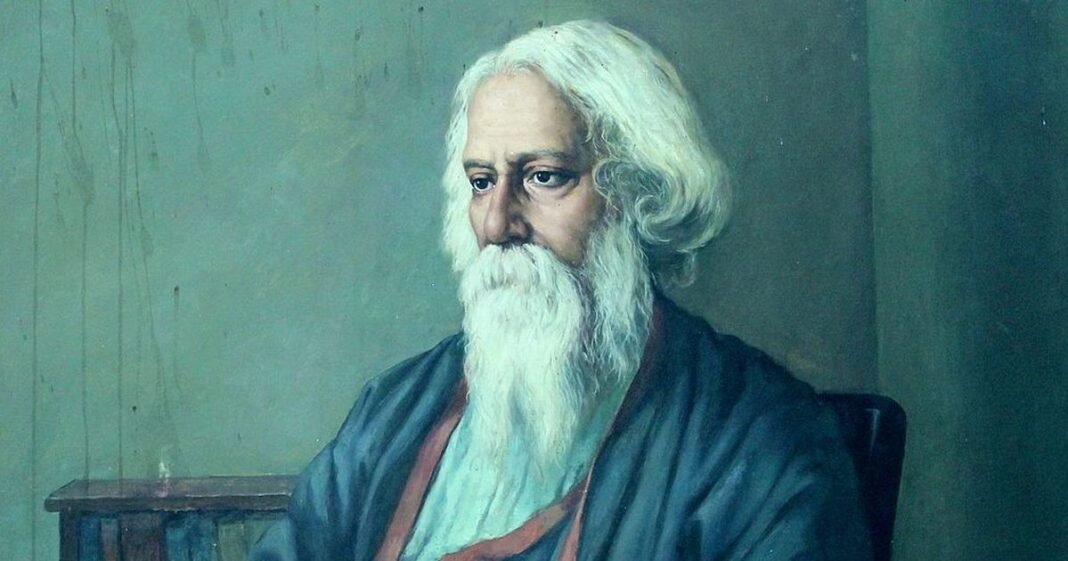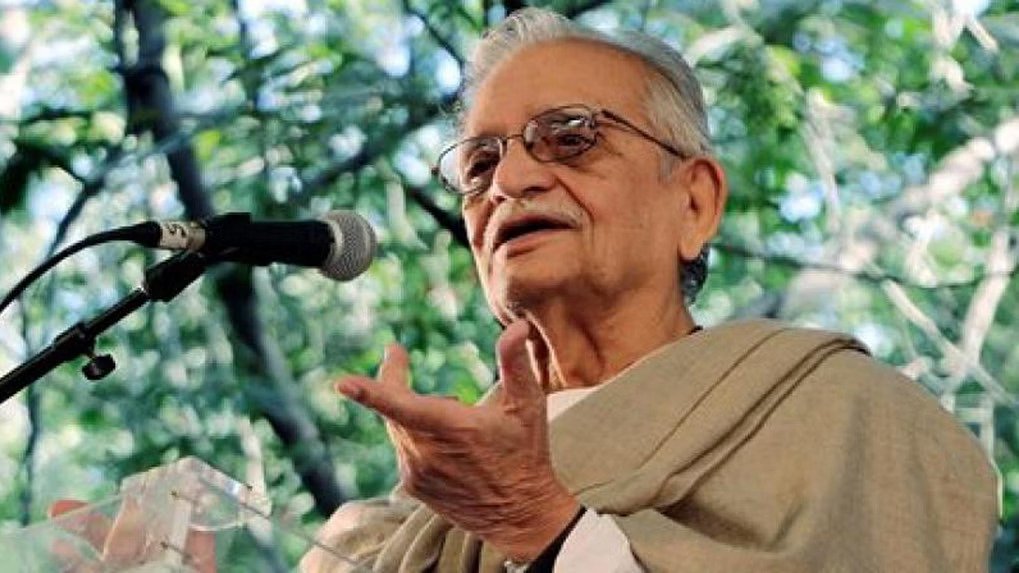By: Dr Ratan Bhattacharjee
In a March 13, 1921, letter to Andrews, Rabindra Nath Tagore declared, “All humanity’s greatest is mine. The infinite personality of man has come from the magnificent harmony of all races.” These are the words that oozed out so sincerely from the bosom of India’s greatest man of letters in 1941 in the obituary Rabindra Nath Tagore was described as “the soul of Bengal,” and “ambassador of friendship between East and West. For his philosophical wisdom was reflected in many of his lyrics and dramas. Tagore is regarded globally as a visionary poet. In his thinking there is no room for the differences among people of any religion caste or creed – no conflict between Hindu, Muslim and Christian. Lifeless inert rituals did not have any attraction for Tagore. His Visarjan (Sacrifice) is the best as a drama of conflict and ideas, as Chitrangada (Chitra) are the loveliest as poetry. Sacrifice is a powerful denunciation of violence, bigotry, and superstition. It expresses Tagore’s abhorrence of the popular Bengali cult of Kali-worship involving animal sacrifice. Chitra is a fascinating poetic play dealing with a romantic episode from the ancient Hindu epic, the Mahabharata: the love between Arjuna and Chitrangada, the beautiful daughter of Chitravahana, the king of Manipur. It seems to be modelled on Kalidasa’s Shakuntala, a romantic play that probably dated from the fourth century B.C., and it presents the evolution of human love from the physical to the spiritual. Above all Tagore is the poet of Love.
In an article of the Washington Post an assessment of Tagore’s faith and belief were focused and there we came to know what Tagore said about East and West. According to Tagore, the West and East do not represent “antagonistic and irreconcilable attitudes of the human mind, but that they are complementary”. A fusion of East and West was manifested in Viswa Kabi Tagore’s creativity. His poetry and drama beautifully revealed that the age-old gulf between Asia and Europe could be bridged. Another great aspect was his faith in divinity and humanity. In Sonar Tari he wrote, “Whatever I can offer to God I offer to man and to God I give whatever can I give to man. I make God man and man God.” Tagore deeply believed in God’s humanity and here he modified the teachings of the Upanishads. In a sense his idea of love has a Vaishnavite edge and the man-God relationship as reflected in his Gitanjali for which he got first Nobel as an Asian poet What he wrote as a poet was endorsed by his prose writings and their philosophical profundity as we see in his philosophical writings—Sadhana: The Realisation of Life (1913), Nationalism (1917), Personality (1917), Creative Unity (1922), The Religion of Man (1931), and Towards Universal Man (1961).
Tagore wrote about 200 stories and the genre of short story reached its perfection in his hand as evident in his four major collections Broken Ties and Other Stories (1925), Mashi and Other Stories (1918), The Hungry Stones and Other Stories (1916) and The Glimpses of Bengal Life (1913). Tagore the poet even wrote “If I do nothing but write short stories I am happy, and I make a few readers happy.” The reasons are not very difficult to decode. It is his love for the people around him about whom he wanted to write. The short story was profoundly suited to Tagore’s temperament: In Rabindranath through Western Eyes Aronson rightly observed, “At a time when writers, like Aldous Huxley, James Joyce and Virginia Woolf, were experimenting with new forms of novel writing, and at a time when the novel had reached its fullest maturity with the work of Tolstoy and Dostoevsky in Russia, with Marcel Proust and Andre Gide in France, Tagore in Bengal was doing a similar experiment with fictional architectonics. In the The Home and the World, Tagore brings to focus the political agitation resulting from the partition of Bengal in 1905. He became unpopular by criticizing Gandhian boycott of foreign goods as they were available in cheap for the poor millions of the country. Tagore in 1921 over the poet’s opposition to Gandhi’s non-cooperation movement and his cult of the charkha (spinning wheel).
In response to Gandhi’s appeal to spin, Tagore wrote, “Poems I can spin, songs I can spin, but what a mess I would make, Gandhiji, of your precious cotton!” Gandhi was not happy and the break up between the two was imminent. Gandhiji angrily criticized Tagore in Harijan by calling him ‘Skylark’ who has no connection with the soil. But Tagore in Bharati gave the befitting reply to clarify his own stand by saying that he was not Shelley’s skylark who is lost in the ethereal, but Wordsworth’s skylark “Type of the wise who soar but never roam/True to the kindred points of heaven and home.” Tagore’s Gora is “a study of the relation between Hindu orthodoxy and Indian nationalism.” Gora’s sudden discovery that he has no parents, no home, no country, no religion, brings him freedom from all barriers: “But today I am free -yes, am standing freely in the center of a vast truth. Only now do I have the right to serve India.” This freedom was a craving in his heart since his childhood days. Perhaps the most popular and the most frequently performed among Tagore’s plays is Dak-Ghar (The Post Office), which dramatizes the story of a lonely boy, Amal, confined to his sickroom, longing to be free.
Later this love of freedom might no less have inspired Tagore to focus on freedom from all bonds and to give a clarion call to the Indian people to go above the religious and cultural differences and he dreamt of a country where the mind is without fear. In Gora Tagore created a socio-political novel voicing the aspirations of the resurgent India. With Binodini, titled in the original Bengali Chokher Bali – literally, “Eyesore” – Tagore “paved the way for the truly modern novel in India, whether realistic or psychological or concerned with social problems. Between 1883 and 1934 Tagore published 14 novels, several of which were translated into English during his lifetime Nauka Dubi (1906; The Wreck, 1921): Ghare-Baire (1916; The Home and the World, 1919), and Gora (1910; published in English under same title, 1924). Others were translated after his death, including: Dui Bon (1933; Two Sisters, 1945), Sesher Kavita (1929; Farewell, My Friend, 1946), Malancha (1934; The Garden, 1956), and Nashtanir (1901; The Broken Nest, 1971). Most of these are fundamentally social novels.
He preached inclusion in the pluralistic culture of India. Tagore’s Chandalika is the story of a young untouchable girl, Prakriti, who falls in love with a handsome Buddhist monk, Ananda, when the latter asks her to give him some water to drink. As Ananda drinks water from her hands, she feels redeemed, spiritually reborn, newly aware of herself as a woman, and emancipated from the bondage of her birth and caste. Like Gandhi, Tagore also ardently preached against and fought the Indian caste system that fostered the concept of untouchability. The first number of Gandhi’s weekly Harijan, issued in Poona on February 11, 1933, carried a poem by Tagore, “The Cleanser,” on its front page. The same year, Tagore wrote Chandalika (The Untouchable Girl), a drama based on the Buddhist legend of Sardulakarnavadana. Tagore’s experiments in dramatic forms extended from his earliest musical and verse dramas in the 1880s, through rollicking social comedies and symbolic plays in prose, to the highly imaginative and colorful dance dramas of the 1930s. Well known in the first category are Valmiki Pratibha (1881), Kal-Mrigaya (1882), Prakritir Pratisodh (1884; published in English as Sanyasi in 1917), Mayar Khela (1888), Raja O Rani (1889; The King and the Queen, 1917), Visarjan (1890; Sacrifice, 1917), Chitrangada (1892; published in English as Chitra in 1913), and Malini (1896; English translation, 1917). All of these, except Malini, are in blank verse, and most of them could be described in Tagore’s own words as “a series of dramatic situations … strung on a thread of melody.” The social comedies include Goday Galad (1892), Vaikunther Khata (1897), and Chirakumar Sabha (1926); and the notable symbolic plays in prose are Raja (1910; The King of the Dark Chamber, 1914), Dak-Ghar (1912; The Post Office, 1914), Phalguni (1916; The Cycle of Spring, 1917), Mukta-dhara (1922; The Waterfall, 1922), and Rakta-karavi (1924; Red Oleanders, 1925). All these works be it a poem or a drama or a novel or a short story, they all bring to the mind of the readers the essence of a visionary and creative versatility. On his 70th birthday, in an address delivered at Santiniketan Rabindra Nath Tagore said: “I have, it is true, engaged myself in a series of activities. But the innermost me is not to be found in any of these. At the end of the journey I am able to see, a little more clearly, the orb of my life. Looking back, the only thing of which I feel certain is that I am a poet (ami kavi).” (The author is an international visiting faculty USA and a trilingual poet who may be reached at profratanbhattacharjee@gmail.com)







